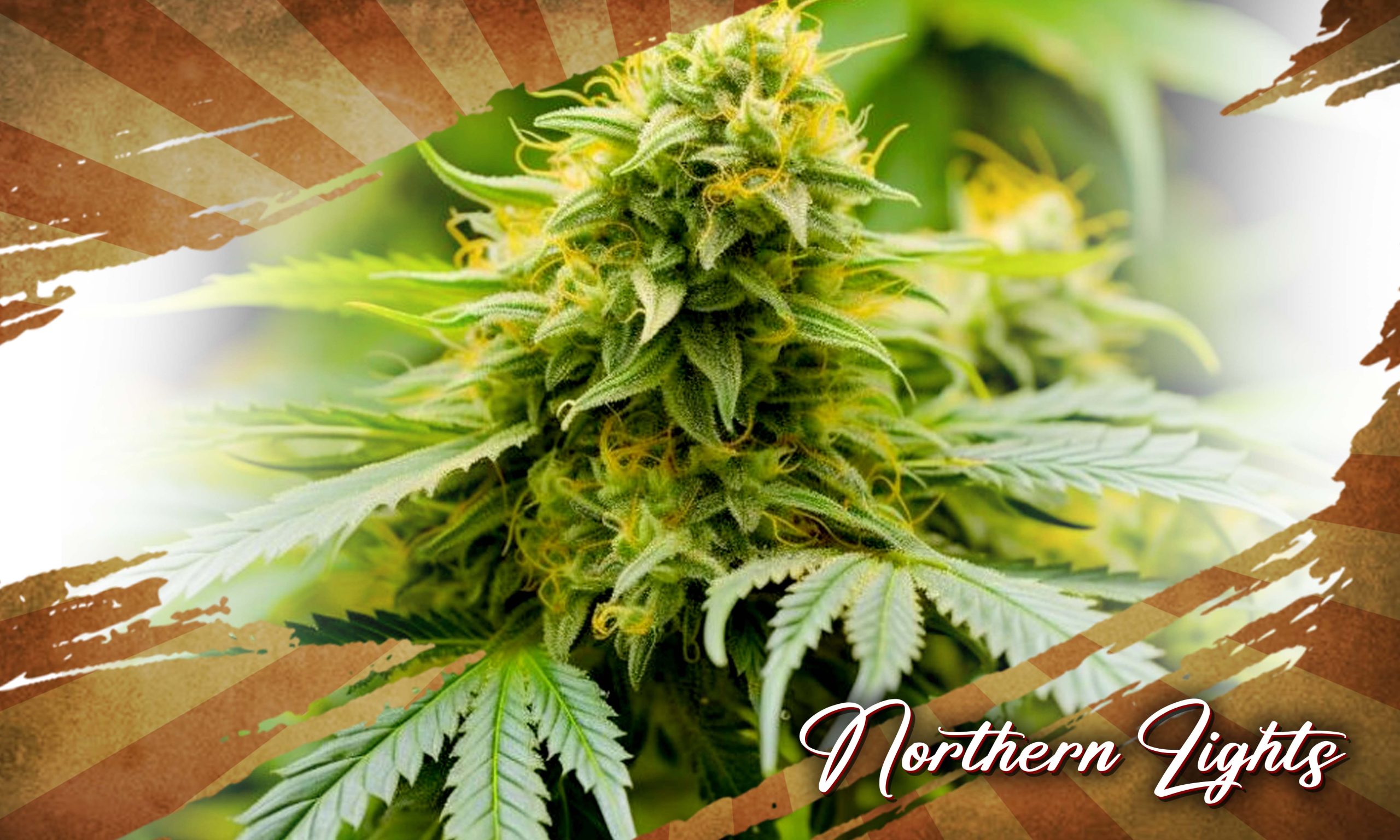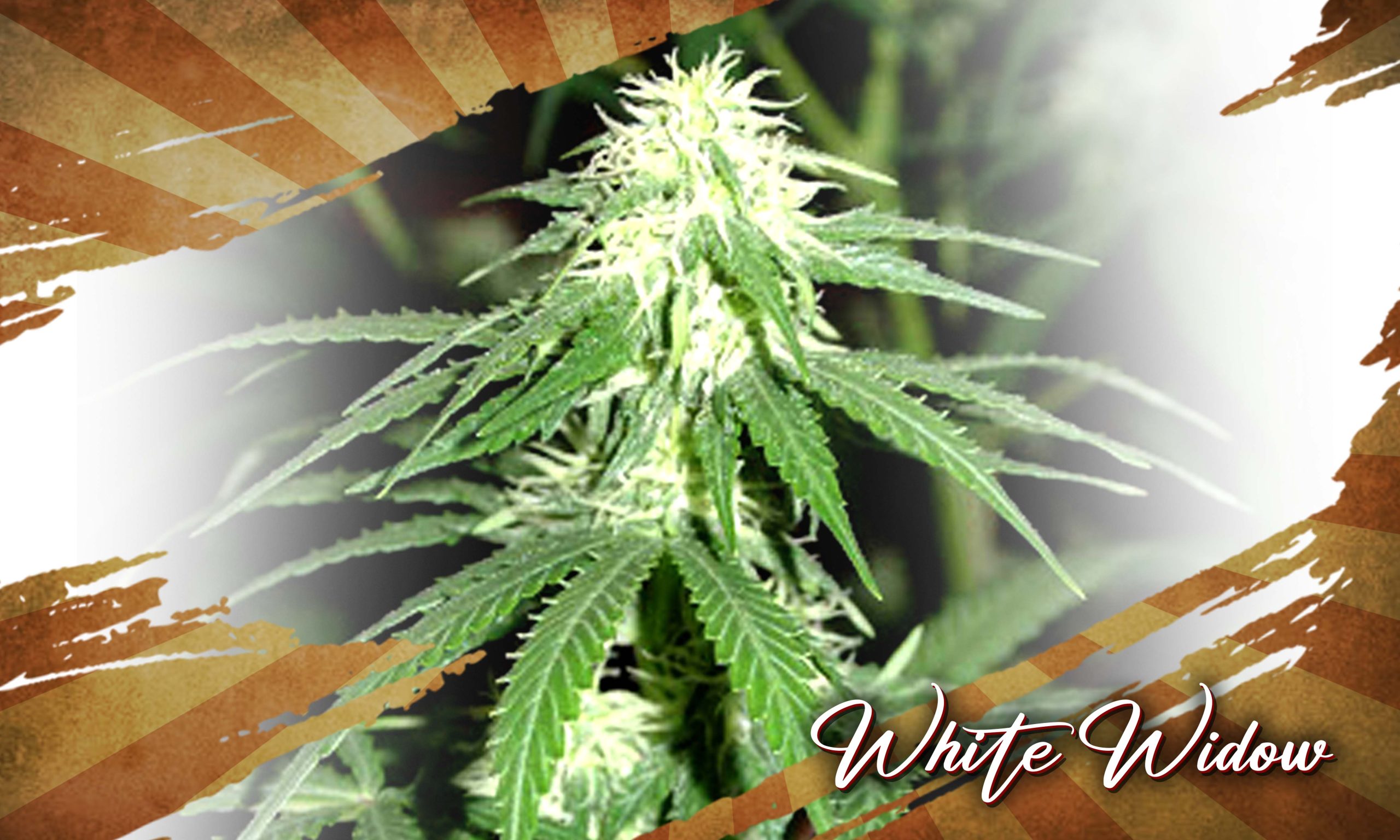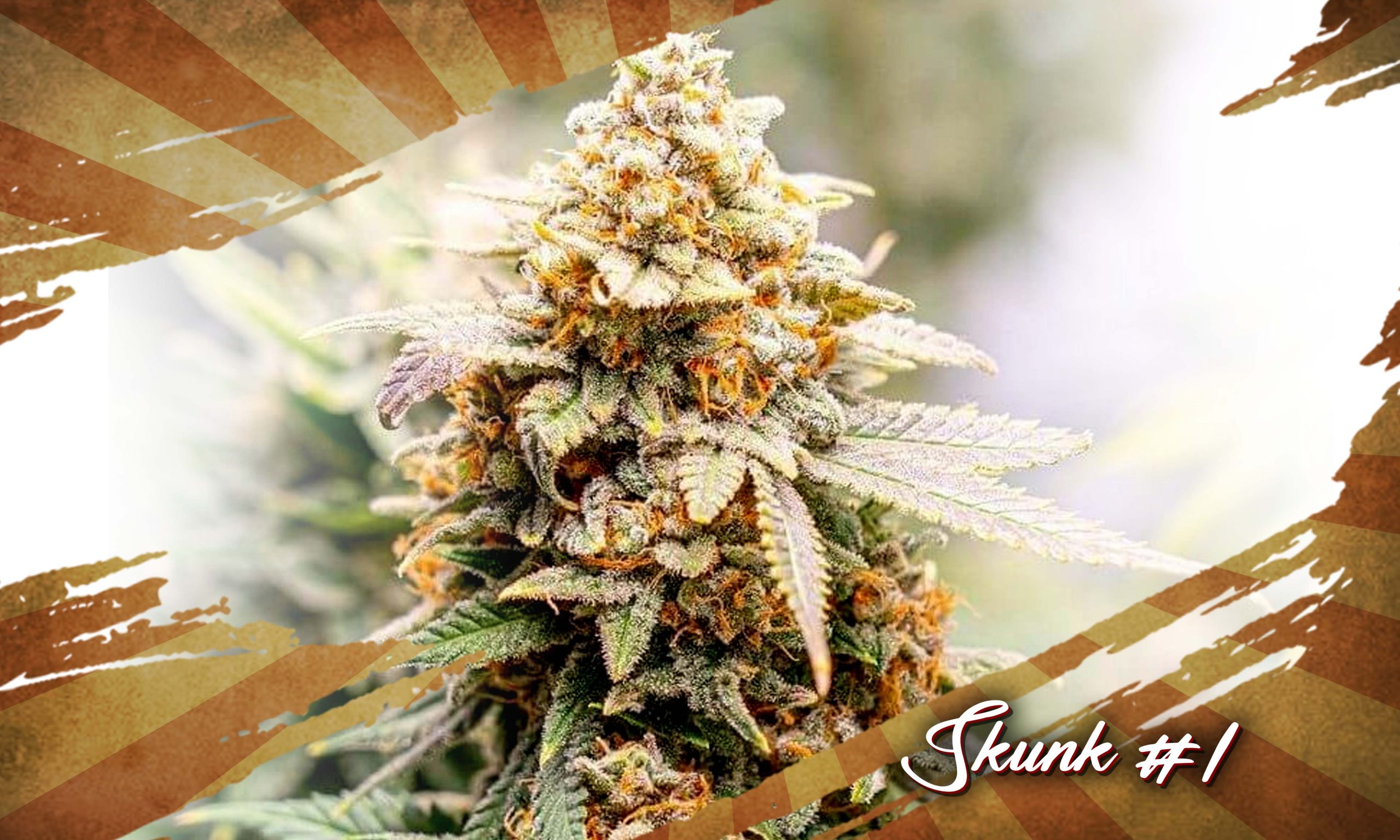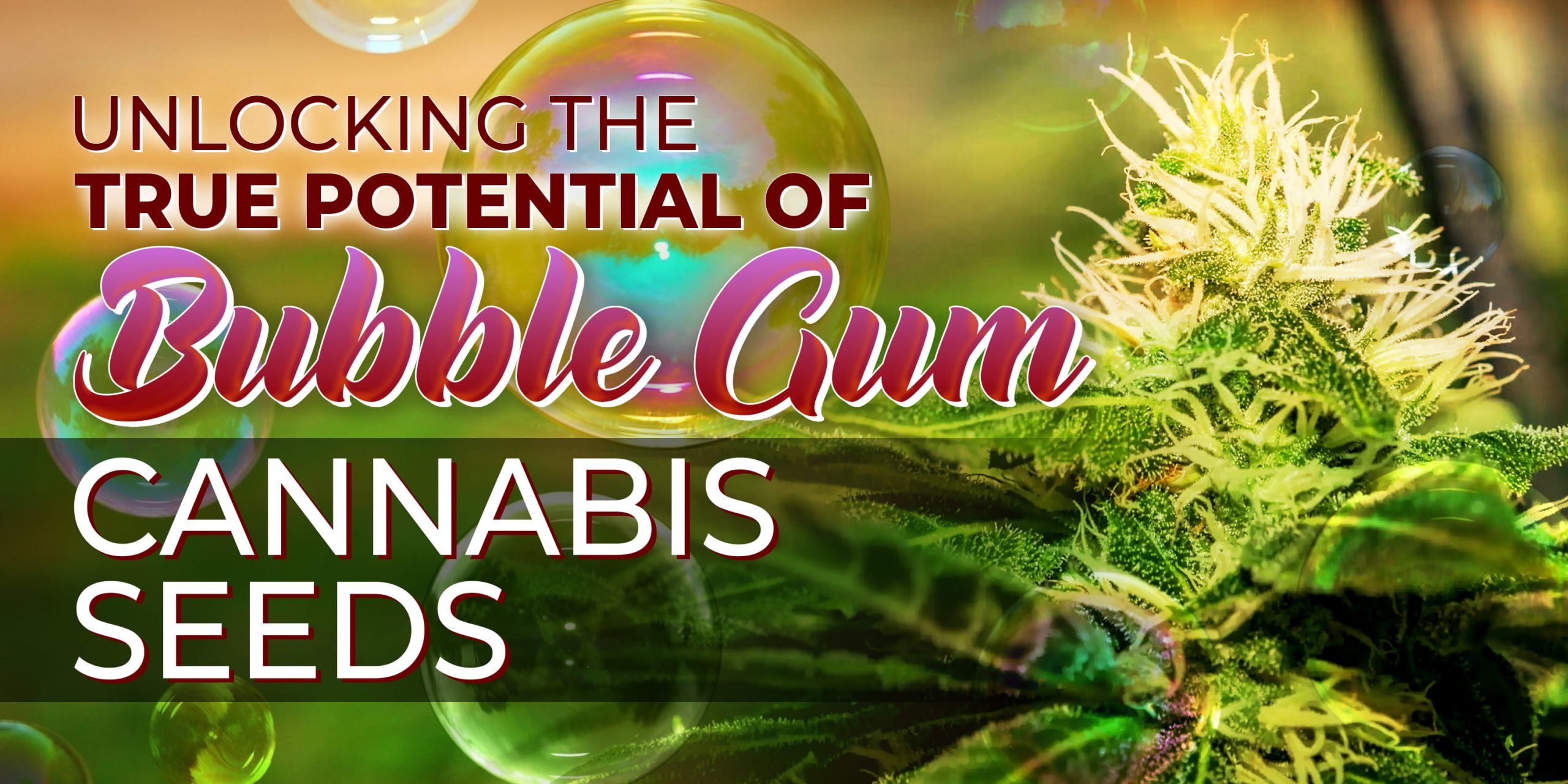The 1990s marked a transformative period in the history of cannabis, characterized by an unprecedented surge in cultivation, experimentation, and cultural significance. Against the backdrop of evolving legislation and shifting societal attitudes, the cannabis landscape flourished with a diverse array of strains, each bearing its unique characteristics and allure weed from the 90s.
Understanding the Cultural Context
The 1990s witnessed a renaissance of cannabis culture, fueled by a burgeoning interest in cultivation techniques, medicinal applications, and the exploration of psychoactive properties. As the stigma surrounding cannabis began to wane and legalization efforts gained momentum in certain regions, enthusiasts and cultivators alike seized the opportunity to explore and refine the art of cannabis cultivation.
Exploring Iconic Weed in the 90s
1. Northern Lights
One of the most iconic strains to emerge from the 90s weed, Northern Lights quickly rose to prominence for its exceptional potency and resilience. Originating from the Pacific Northwest, this legendary indica-dominant strain captivated enthusiasts with its euphoric high, soothing effects, and impressive yield potential. Renowned for its dense, resinous buds and distinctively sweet aroma, Northern Lights became a staple in the gardens of both novice growers and seasoned cultivators.
2. White Widow
Hailing from the cannabis mecca of the Netherlands, White Widow emerged as a global sensation in the 1990s weed, captivating connoisseurs with its striking appearance and potent psychoactive properties. A hybrid cross between Brazilian sativa and South Indian indica landraces, White Widow boasts a unique blend of uplifting euphoria and physical relaxation. With its frosty trichomes, dense buds, and earthy-sweet flavor profile, White Widow remains a perennial favorite among cannabis enthusiasts seeking a well-rounded and versatile experience.
3. Skunk #1
A true pioneer in the world of cannabis genetics, Skunk #1 revolutionized the industry with its distinct aroma, robust genetics, and unparalleled vigor. Originating from a blend of Afghani, Colombian, and Mexican landraces, this iconic hybrid strain quickly gained a reputation for its pungent, skunky aroma and potent effects. With its balanced combination of sativa and indica genetics, Skunk #1 offers a euphoric, uplifting high coupled with deep physical relaxation, making it a favorite among recreational and medicinal users alike.
Cultivation and Characteristics
90’s weed strains cannabis strains often boast distinct growth traits and cannabinoid profiles, making them prized possessions for both cultivators and consumers. Understanding the unique characteristics of these varieties is essential for cultivating them to their full potential.
Growth Patterns and Phenotypes
Retro strains exhibit a diverse range of growth patterns, from the compact, bushy structure of indicas to the towering, sativa-dominant phenotypes. By selecting the appropriate phenotype and tailoring cultivation techniques to suit the strain’s specific needs, growers can optimize plant health and vigor, resulting in robust yields and potent flower production. Additionally, identifying and selecting for desirable traits such as pest resistance, mold tolerance, and cannabinoid content can further enhance the overall quality and performance of retro cannabis cultivars.
Terpene Profiles and Aromas
The aroma profile of retro cannabis strains is a testament to their genetic heritage, with each variety showcasing a distinct blend of terpenes that contribute to its signature scent. Whether it’s the skunky undertones of Skunk #1 or the floral notes of Northern Lights, terpenes play a crucial role in shaping the sensory experience of these classic cultivars. By understanding the role of terpenes in modulating the effects of cannabinoids and enhancing the overall therapeutic value of cannabis, cultivators can optimize cultivation practices to promote the production of desired terpene profiles, resulting in a more flavorful and aromatic end product.
Conclusion
As we reflect on the rich tapestry of retro cannabis strains from the 90s, we are reminded of the profound impact they have had on the evolution of cannabis culture. From their cultural significance to their enduring appeal, these iconic strains continue to inspire and captivate enthusiasts worldwide. Whether you’re a seasoned aficionado or a curious novice, join us in celebrating the heritage and legacy of retro cannabis strains from a bygone era. So, let us raise our pipes, roll our joints, and celebrate the timeless allure of a bygone era – for in the haze of nostalgia, we find solace, connection, and a renewed sense of appreciation for the herb that binds us together
FAQs
1. Are retro cannabis strains still relevant in today’s market?
Yes, retro cannabis strains continue to be relevant due to their unique genetic profiles, distinct terpene profiles, and nostalgic appeal among enthusiasts. Many retro strains have paved the way for modern hybrids and remain cherished for their authenticity and historical significance.
2. What sets retro cannabis strains apart from contemporary varieties?
Retro cannabis strains often exhibit distinctive characteristics such as robust growth patterns, complex terpene profiles, and potent effects that differentiate them from contemporary varieties. Additionally, their historical significance and cultural heritage contribute to their enduring appeal.
3. Are retro cannabis strains suitable for novice growers?
While some retro cannabis strains may require more experience and attention to cultivate successfully, many varieties are well-suited for novice growers. Selecting beginner-friendly strains with resilient growth traits and forgiving cultivation requirements can help beginners gain confidence and experience in cannabis cultivation.
4. Can retro cannabis strains be used for medicinal purposes?
Yes, retro cannabis strains possess a wide range of therapeutic properties due to their unique cannabinoid and terpene profiles. From alleviating pain and inflammation to reducing anxiety and promoting relaxation, retro strains offer medicinal benefits that cater to various health conditions and wellness needs.
5. How can I access retro cannabis strains in regions where they may not be readily available?
While access to retro cannabis strains may vary depending on local regulations and availability, enthusiasts can explore seed banks, dispensaries, and online platforms that specialize in heritage genetics and rare cultivars. Additionally, joining cannabis communities and forums can provide valuable resources and connections for sourcing retro strains from trusted breeders and collectors.




















